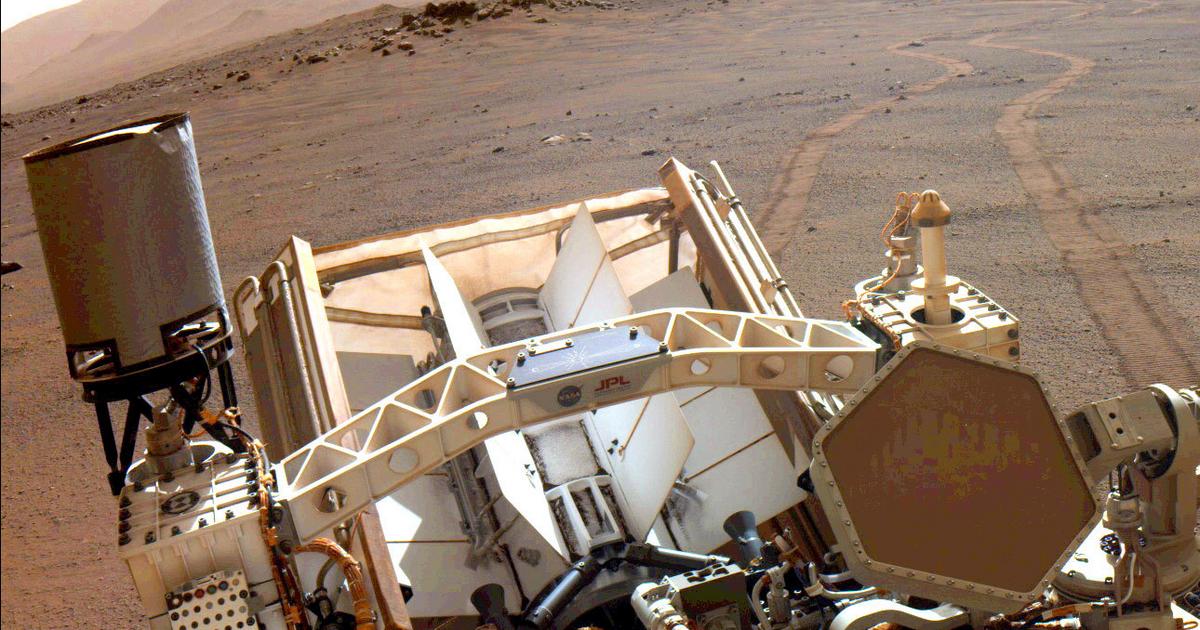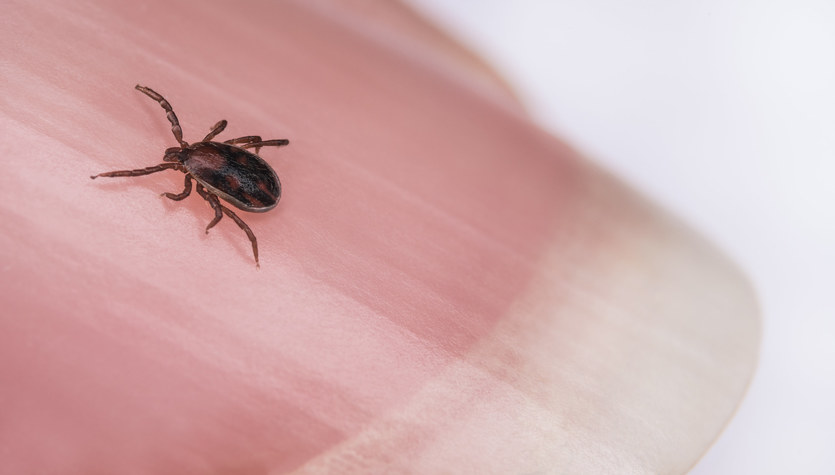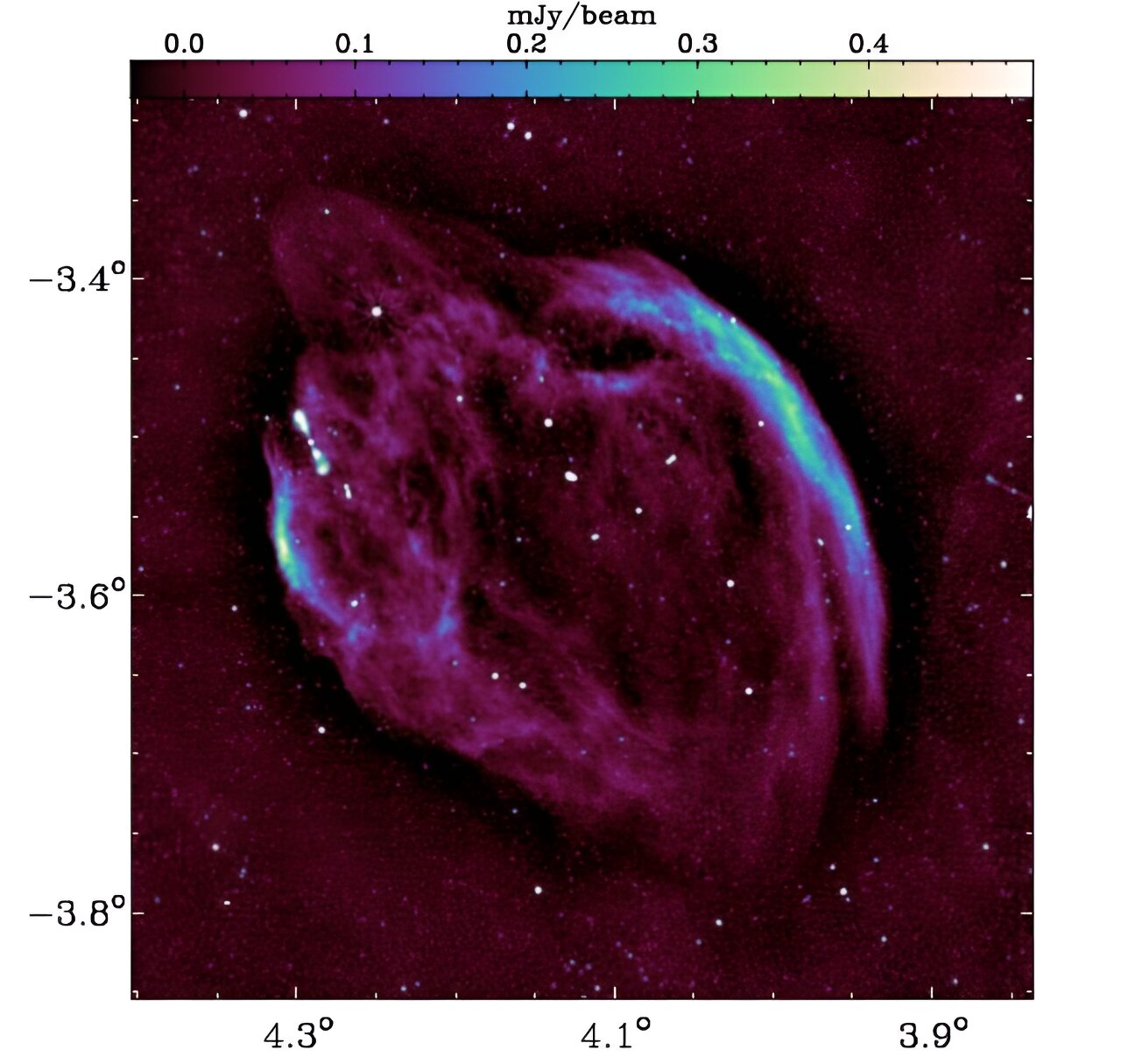A specimen unknown to science was found in the waters of the Gulf of Alaska. The researchers who tracked him had problems determining what species or even which animal kingdom the mysterious person belonged to. As they explain, the “golden egg” is certainly of biological origin, but identifying it will require laboratory tests.
Scientists participating in the US National Oceanic and Atmospheric Administration’s (NOAA) Okeanos Explorer mission did not expect what they would find in the depths of the Gulf of Alaska. On August 30, they swam with a remote-controlled camera to a depth of about 3,300 metres, explored the bottom and broadcast the expedition live. On one of the rocks in the middle of the white sponge was a strange object with an intense golden colour.
The mystery of the ocean
The smooth, dome-shaped specimen was more than 10 centimeters in diameter, and a small tear at the base showed that its interior was colored the same gold. As the camera got closer, the scientists couldn’t determine which species – or even species – they were dealing with. Their hypotheses ranged from a dead sponge, to an unknown species of coral, to an egg shell left behind by another animal. This discovery sparked the imagination of viewers, and the media hailed it as a “golden ball” or “golden egg.”
Isn’t the depths of the sea surprising? – Reported Sam Candio, coordinator of the mission during which the sample was found. He added – Although we were able to collect the “Golden Ball” and transport it to the ship, we still cannot determine what it is, except that it is of biological origin.
Candio said the mystery of the mysterious sample will likely only be solved in the laboratory through comprehensive research. Only then will we have a chance to find out whether the golden dome is related to a known or new species, or perhaps represents a previously unknown stage in the life of a known organism.
A mysterious golden specimen from the Gulf of AlaskaNOAA Ocean Exploration, Alaska Seascapes
A humble discovery
The discovery of new species may be related to advances in medical science, agriculture, or technology. It can be a source of medicinal materials, vaccines, food or energy, not to mention of course knowledge of the Earth. NOAA scientists hope the information collected during the expedition will help us fill gaps in our understanding of marine ecosystems.
“This discovery is humbling because it reminds us how little we know about our planet and how much we still have to learn about the oceans,” Candio added.
A mysterious golden specimen from the Gulf of AlaskaNOAA Ocean Exploration, Alaska Seascapes
Main image source: NOAA Ocean Exploration, Alaska Seascapes

Echo Richards embodies a personality that is a delightful contradiction: a humble musicaholic who never brags about her expansive knowledge of both classic and contemporary tunes. Infuriatingly modest, one would never know from a mere conversation how deeply entrenched she is in the world of music. This passion seamlessly translates into her problem-solving skills, with Echo often drawing inspiration from melodies and rhythms. A voracious reader, she dives deep into literature, using stories to influence her own hardcore writing. Her spirited advocacy for alcohol isn’t about mere indulgence, but about celebrating life’s poignant moments.







